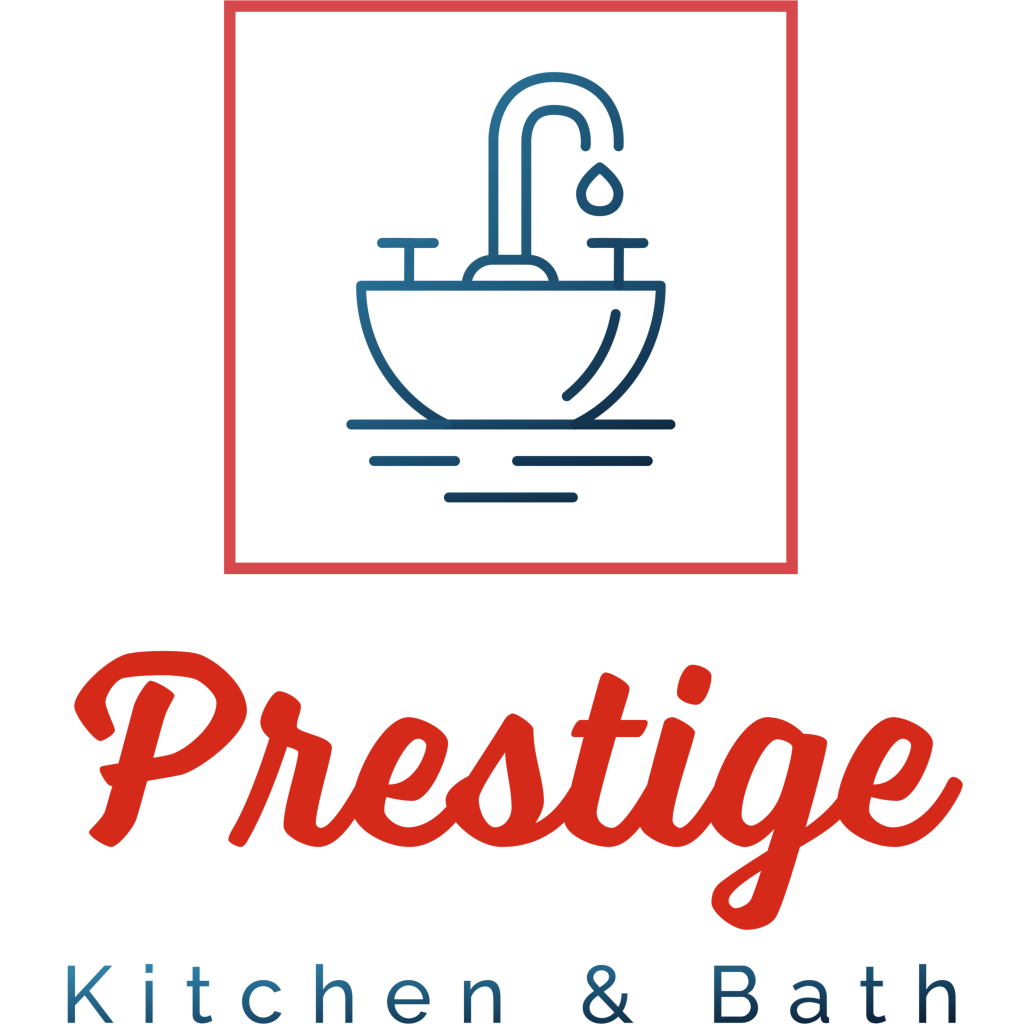In any project—whether building a home, developing a product, or launching a business—success starts long before execution. The foundation of achievement lies in design and planning. These two stages are essential, as they bridge the gap between an idea and its real-world implementation. From conceptual sketches to detailed plans, effective design and planning ensure that projects run smoothly, meet objectives, and maximize efficiency. In this guide, we’ll explore the importance, principles, and strategies for successful design and planning.
Understanding Design and Planning
At its core, design is about envisioning and creating a blueprint for a project. It involves conceptualizing the end result, defining aesthetics, functionality, and user experience, and outlining the components needed to achieve the vision. Design can be visual, structural, or strategic, depending on the nature of the project.
Planning, on the other hand, focuses on execution. It’s the process of organizing resources, timelines, budgets, and workflows to turn the design into reality. While design answers “what” and “how it should look or function,” planning addresses “when,” “who,” and “how” the project will be completed efficiently.
Together, design and planning create a structured pathway, reducing risks, avoiding costly mistakes, and ensuring that goals are met.
The Importance of Design and Planning
1. Clarity of Vision
Without proper design, projects often start with vague ideas that can lead to confusion and wasted resources. A well-thought-out design provides a clear vision, helping stakeholders understand the objectives, aesthetics, and functionality of the project.
2. Efficient Resource Management
Planning ensures that resources such as time, money, and manpower are used optimally. A detailed plan can prevent overspending, minimize delays, and allocate tasks effectively.
3. Risk Mitigation
Design and planning allow for the identification of potential risks and challenges before they arise. By anticipating obstacles, project managers can develop contingency plans, avoiding costly setbacks.
4. Improved Communication
Designs and plans serve as visual and operational references for teams, contractors, or clients. They foster better communication, ensuring everyone understands their roles and the overall objectives.
5. Enhancing Creativity and Innovation
While planning may seem rigid, it actually encourages creativity. Knowing the parameters—budget, timeline, resources—forces designers and planners to think innovatively within constraints, leading to smarter solutions.
Key Principles of Effective Design
Whether you are designing a physical space, a product, or a digital experience, certain principles remain universal:
1. Functionality First
A design must serve its intended purpose effectively. For example, a building must prioritize structural integrity and usability, while a product must meet user needs seamlessly.
2. Simplicity
Overly complex designs can confuse users or make execution difficult. Simple, intuitive designs often provide the best experiences and are easier to implement.
3. Aesthetics
Visual appeal is critical, especially when design impacts user perception or brand identity. Balance, proportion, color, and texture all play crucial roles in creating engaging designs.
4. Sustainability
Modern design emphasizes sustainability. Materials, energy efficiency, and long-term durability should be considered to reduce environmental impact.
5. Flexibility
Good design allows for adaptability. Spaces, products, or systems that can accommodate future changes are more resilient and valuable.
Key Principles of Effective Planning
While design is creative, planning is strategic. Successful planning often involves the following principles:
1. Clear Objectives
Every plan should start with clearly defined goals. What is the project meant to achieve? How will success be measured? Objectives guide all subsequent planning decisions.
2. Detailed Timeline
Break down the project into phases with specific deadlines. A timeline ensures tasks are completed in order, dependencies are managed, and progress can be tracked.
3. Resource Allocation
Identify what resources are needed for each phase, including personnel, materials, technology, and budget. Allocate resources based on priority and availability to avoid bottlenecks.
4. Risk Management
List potential risks—financial, operational, environmental, or regulatory—and devise contingency plans. Preparing for challenges reduces uncertainty and builds confidence.
5. Communication Plan
Define how updates, responsibilities, and decisions will be communicated. Efficient communication prevents misunderstandings and keeps the team aligned.
6. Continuous Evaluation
Plans should not be static. Regular assessment allows teams to adjust strategies based on real-time feedback and evolving circumstances.
Steps to Successful Design and Planning
Creating an effective design and plan involves systematic steps:
Step 1: Research and Analysis
Understand the project’s purpose, audience, and constraints. Research competitors, trends, regulations, and user needs to inform the design and planning process.
Step 2: Conceptual Design
Develop initial concepts and sketches. Brainstorm multiple options, then refine ideas based on feasibility, aesthetics, and functionality.
Step 3: Detailed Design
Translate concepts into detailed plans. This can include technical drawings, wireframes, 3D models, or prototypes depending on the project type.
Step 4: Planning and Scheduling
Create a comprehensive plan outlining tasks, deadlines, dependencies, and milestones. Use project management tools for tracking and accountability.
Step 5: Resource and Budget Allocation
Assign resources efficiently and establish a budget. Include contingencies to account for unexpected costs.
Step 6: Implementation
Begin execution following the plan. Monitor progress, ensure quality standards, and adapt to challenges while staying aligned with the design vision.
Step 7: Review and Optimization
After completion, assess outcomes against objectives. Learn from successes and failures to improve future projects.
Tools and Technologies
Modern projects benefit from advanced tools that streamline design and planning:
- CAD Software: For architectural or product design.
- Project Management Tools: Such as Trello, Asana, or Microsoft Project.
- Design Software: Adobe Creative Suite, Figma, or Sketch for visual designs.
- Collaboration Platforms: Slack, Teams, or Notion for team communication.
- Simulation Tools: For testing designs before implementation.
These tools enhance accuracy, efficiency, and collaboration, making complex projects manageable.
Common Challenges and How to Overcome Them
Even with strong design and planning, projects face obstacles. Common challenges include:
- Scope Creep: Avoid by defining clear project boundaries.
- Budget Overruns: Use detailed budgeting and regular tracking.
- Timeline Delays: Set realistic timelines with buffer periods.
- Communication Breakdowns: Establish consistent channels and regular updates.
- Design-Execution Gap: Ensure the plan translates design into actionable steps.
Proactive strategies and constant monitoring are key to overcoming these hurdles.
Conclusion
Design and planning are the twin pillars of successful projects. They transform ideas into actionable strategies, guiding execution while minimizing risks and maximizing efficiency. Whether you are an architect, entrepreneur, or project manager, mastering design and planning principles is essential for achieving professional excellence. By prioritizing research, clarity, creativity, and strategic organization, you can ensure that every project—not just survives—but thrives from concept to completion.
Investing time and effort in design and planning is not a luxury—it’s a necessity. When done correctly, these stages save money, reduce stress, enhance quality, and create outcomes that are not only functional but also visionary.

